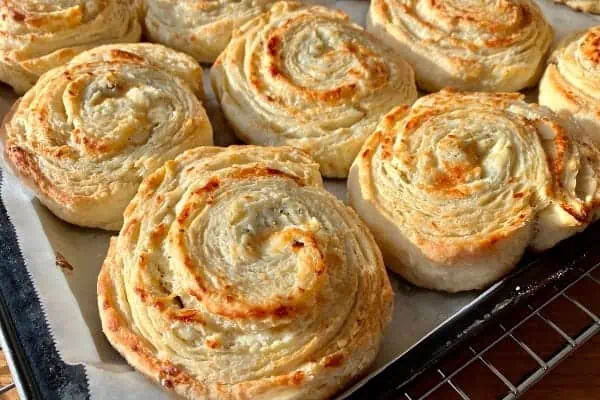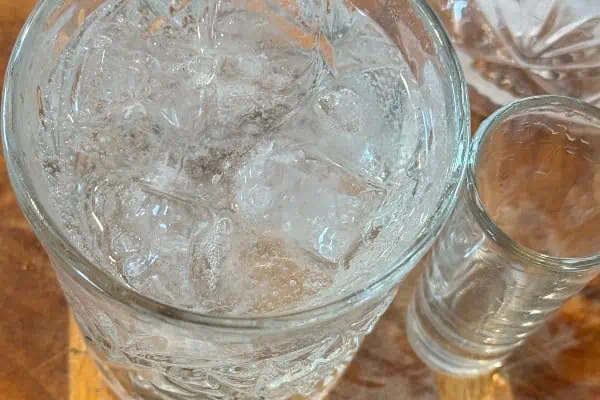Over the last several weeks, I have been giving a significant amount of thought to wine tastings, and wanted to speak about them in more detail.
Before I proceed further, I should provide the disclaimer that I am the president of the Rotary Club here in town that puts on the annual Rotary Wine and Fine Food Festival, which this year will be on Thursday, Oct. 21.
As I mentioned in a spring article, I was asked by a neighbour to help her develop a wine list for her new restaurant, Aurora’s, at the Hot Springs here in Whitehorse. It was a fun exercise to present good wines that would be tasty and popular, and yet also accessibly priced. Aurora’s has become successful, and several weeks back, Suzanne, the owner, asked me to work with her to do a wine tasting, which we held on a recent Thursday evening. I was very happy at how it came off.
Having worked as a wine merchant, I know how intimidating people find the whole world of wine. Going to a wine tasting is a daunting challenge to many. They wonder, “What if I say something stupid?” “What I don’t know the right wines?” “What if everyone else is an expert?”
So let me set you straight on a few things, and give you one or two pointers that will help you to have a great time – and make others think you’re a pro!
First off, there is no right answer in wine! It is all based on personal taste, and “rules” are meant to be broken. What I like in a wine may not be your cup of tea, and you may detect tastes and nuances that I miss.
Second, tasting is a group experience and a two-way conversation, and everyone has something valuable to add. By sharing what you taste in a wine, you may make me say, “Hey, you’re right, you identified something I missed.” Speak up, ask questions.
If you are looking for vocabulary to describe what you taste, think about fruit. Does a red wine have the bouquet (smell) or taste of a dark fruit like a rich, juicy plum, or is it like a bright red fruit, sharp and tart like a red currant? If it’s a white, does it remind you of citrus fruit, all fresh and crisp and sharp, perhaps apples, or are there softer honeydew melon hints? Again, there are no right answers; you are just searching for analogies.
Third, for the fun of it, taste the wines with foods. If none are available, imagine the meal you would make or order to go with the wine, and tell people what you would serve.
When I plunge into a big tannic red wine that makes my tongue pucker up and has notes of tobacco or leather, I can’t help but think of drinking it after a slice of perfectly grilled medium rare steak, charred on the outside and seasoned with fresh ground pepper and sea salt.
All that smoke and crunchy seared texture would be accompanied by a mouthful of Bordeaux wine, California Zinfandel or Cabernet Sauvignon. My mouth is watering just thinking about it!
With regard to the tasting process, a few hints. You’ll usually be given a tasting glass for your wine tasting. Hold on to it, and with each wine, take your time and do the following.
1) Hold the glass of wine up towards a light. The wine shouldn’t be cloudy. If it is, there might be a problem with the bottle. If you see flakes of sediment in the bottom of the glass, that’s OK, it likely just means that the wine is unfiltered and the wine maker has chosen to leave the flakes of grape skin to affect the aging process. Note the colour: is it a ruby or brick-coloured? Or, if a white, is it almost water-clear, or a deeper yellow like apple juice or lemonade? Swirl it around so that wine sloshes up the inside of the glass. If you can see clear-looking remnants of the wine dribbling down the sides of the glass, these are called legs. The more pronounced, usually the higher the alcohol content of the wine.
2) Swirl the wine around the glass again. The objective here is to mix the wine with the air in the glass so you can smell the “nose” or “bouquet” of the wine. Plant your nose well into the bowl of the glass and give a good sniff, and really try to smell what the wine is like. Try to describe what you smell. Listen to what others smell, and sniff for it yourself.
3) Taste the wine. Squish it around in your mouth a little so it covers all the parts of your tongue. Draw a little air through your lips to mix with the wine in your mouth. Think about what notes you are tasting. Swallow. See what taste remains in your mouth after you swallow. Do this a second time, as you will likely taste more once your mouth has already been introduced to the wine. Share your thoughts and impressions with your friends.
A few other things. Those buckets and pitchers of water that you may see at tasting tables are to rinse out your glass and mouth, if you wish, between wines.
If you don’t like the wine, or you are intent on trying a whole lot of wines, it’s also OK to spit wine into the bucket, and/or pour out what is left in your glass.
Please DO NOT wear cologne or perfume to a wine tasting. It can be very distracting when people are trying to taste and discern the nuances of fine wines.
And finally, recognize that you might want to plan to walk home, have a friend drive you or call a taxi at the end of the night. That way you will feel relaxed about trying as many wines as you wish, and I will not have to worry about my readers.
If you come to the Rotary Wine Festival at the High Country Inn Convention Centre on Thursday, Oct. 21, I will be pouring at one of the tables. Stop by and say hello, and I’ll steer you to the wines I am excited about.
Cheers!




